Mastering Precision: Training for Molding Replacement Collision
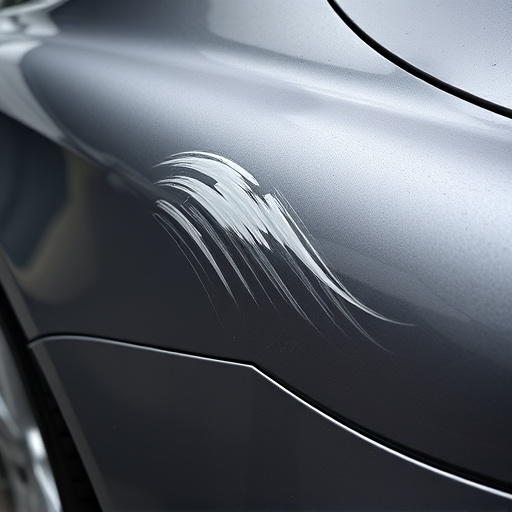
Mastering molding replacement collision procedures is crucial for efficient car repair services and…….
In a world driven by rapid technological evolution, the concept of ‘Molding Replacement Collision’ has emerged as a transformative force, reshaping industries and challenging conventional norms. This comprehensive article delves into the intricate web of this phenomenon, exploring its definition, global impact, economic implications, technological innovations, regulatory frameworks, and the challenges it presents. By examining real-world case studies and analyzing future trends, we aim to provide an in-depth understanding of how molding replacement collision is redefining boundaries and shaping a new era of innovation.
Molding replacement collision, at its core, refers to the strategic integration of advanced molding technologies with rapid prototyping and manufacturing processes, leading to the efficient creation of customized, high-quality products. This innovative approach combines computer-aided design (CAD), three-dimensional printing (3D printing), and injection molding techniques to streamline product development and reduce time-to-market.
Historically, the traditional molding process involved creating molds for each unique product design, which was time-consuming and cost-prohibitive, especially for smaller businesses or start-ups. However, with advancements in technology, manufacturers can now rapidly produce custom molds, enabling the rapid iteration of product designs. This collision of ideas and technologies is what gives rise to ‘molding replacement collision’, revolutionizing manufacturing strategies across various sectors.
The significance of this concept lies in its ability to democratize manufacturing, allowing even small-scale producers to compete in global markets by offering customized products at competitive prices. It empowers businesses to respond swiftly to market demands, customer preferences, and trends, fostering a more agile and flexible manufacturing ecosystem.
The influence of molding replacement collision is felt worldwide, with each region adopting and adapting this technology in unique ways. Key trends shaping its global trajectory include:
North America’s Innovation Hub: The United States and Canada have long been at the forefront of technological innovation, and molding replacement collision is no exception. Companies in these countries are leveraging advanced 3D printing materials and software to create intricate molds, pushing the boundaries of product design.
European Precision Engineering: Europe, particularly Germany and Italy, is renowned for its precision engineering and high-quality manufacturing standards. Here, molding replacement collision is being utilized to produce complex automotive and medical device components, ensuring superior craftsmanship and precision.
Asian Market Dominance: Countries like China, Japan, and South Korea are rapidly expanding their share of the global molding market. They are investing heavily in research and development, offering cost-effective manufacturing solutions while maintaining high quality, catering to both domestic and international demands.
Emerging Markets’ Growth: India, Brazil, and several African nations are witnessing a surge in molding replacement collision adoption, driven by growing industrial sectors and a young, tech-savvy workforce eager to embrace new manufacturing techniques.
The economic implications of molding replacement collision are far-reaching, impacting various sectors and economic systems. Here’s an analysis of its economic aspects:
Technological innovations are at the heart of molding replacement collision’s success and future potential. Here’s an overview of key advancements:
Advanced 3D Printing Materials: The development of high-performance thermoplastics, resins, and metals suitable for 3D printing has expanded the material palette, allowing manufacturers to produce parts with enhanced mechanical properties and aesthetic appeal.
Direct Metal Laser Sintering (DMLS): This technology uses a laser to fuse metal powder particles layer by layer, enabling the creation of complex geometric structures that were previously challenging or impossible to manufacture using traditional methods. DMLS is revolutionizing aerospace, automotive, and medical implant manufacturing.
Multi-Material 3D Printing: Printers capable of handling multiple materials simultaneously are emerging, allowing for the production of parts with different properties in a single print job. This opens up new possibilities for creating functional prototypes or end-use products with integrated electronic components.
AI and Machine Learning Integration: Artificial intelligence (AI) is being leveraged to optimize printing processes, predict material behavior, and enhance design for manufacturability. AI algorithms can analyze vast amounts of data to improve print speed, accuracy, and part quality.
Digital Twin Technology: The concept of a digital twin, a virtual representation of a physical product or system, is gaining traction. Molding replacement collision enables the creation of accurate digital twins, facilitating simulation, testing, and optimization before actual production, leading to reduced development times and improved product performance.
As molding replacement collision gains momentum, regulatory bodies worldwide are introducing or updating policies to ensure safe and responsible adoption of these technologies. Key considerations include:
Intellectual Property Protection: Patent laws and intellectual property rights play a crucial role in fostering innovation while providing legal safeguards for inventors and businesses. Clear IP protection guidelines encourage the sharing of designs and innovations, driving technological advancements.
Material Safety Standards: With the increasing use of diverse materials, regulatory bodies are establishing safety standards to ensure that 3D printed parts meet specific performance criteria, especially in industries where safety is paramount, such as healthcare and aerospace.
Data Privacy and Security: As digital design files and manufacturing data become more prevalent, data privacy laws are being adapted to address potential security risks associated with unauthorized access or hacking of sensitive information.
Environmental Regulations: The recycling and disposal of 3D printing materials and waste products are areas of growing concern. Governments are implementing policies to promote sustainable practices within the industry, encouraging the development of eco-friendly materials and efficient recycling processes.
Despite its numerous benefits, molding replacement collision faces several challenges and criticisms that must be addressed for widespread adoption and long-term success:
Cost and Accessibility: While technology costs have decreased over time, initial investments in specialized equipment and training can still be a barrier for small businesses. Making these technologies more accessible and affordable is crucial to ensuring wide-scale adoption.
Material Limitations: The availability and diversity of suitable materials for 3D printing remain challenges, especially for high-performance applications. Continued research and development are needed to create advanced materials that meet specific industry requirements.
Regulatory Compliance: Navigating the complex web of regulatory frameworks can be daunting for businesses, particularly small enterprises. Clear guidelines and support from regulatory bodies are essential to help companies understand and comply with relevant policies.
Standardization and Interoperability: The lack of standardized file formats and communication protocols between different 3D printing systems can hinder collaboration and data exchange. Standardization efforts are necessary to ensure interoperability, making it easier for designers and manufacturers to work together seamlessly.
A leading medical device manufacturer utilized molding replacement collision to create personalized orthotic devices for patients with unique physical needs. By employing 3D scanning technology to capture patient-specific data, they could rapidly produce custom-fitted devices, improving patient comfort and outcomes. This approach reduced production time by 40% compared to traditional methods, allowing the company to cater to a broader range of patients.
A major automotive company faced a challenge in developing a prototype for a new vehicle design with intricate interior components. Using injection molding replacement collision techniques, they could quickly create and test multiple design iterations, reducing development time by 30%. This agile approach enabled them to refine the design faster, resulting in a more aesthetically pleasing and functional final product.
A food packaging start-up aimed to revolutionize sustainable packaging solutions. They utilized 3D printing to create biodegradable and compostable packaging materials, reducing plastic waste. Through molding replacement collision, they could produce custom packages for various food products, catering to environmentally conscious consumers while meeting specific product protection requirements.
The future of molding replacement collision is filled with immense potential and exciting opportunities:
Mass Customization: The trend towards mass customization will continue to gain momentum, enabling businesses to offer personalized products at competitive prices. This shift will be driven by advanced AI algorithms predicting consumer preferences and designing tailored products accordingly.
Biomanufacturing: Integrating 3D printing with biological materials and processes will open up new frontiers in manufacturing, leading to the creation of bio-based products and even living tissues. This area has significant implications for healthcare and sustainable product development.
Distributed Manufacturing: The concept of ‘making things locally’ will be further enhanced by distributed manufacturing networks. This approach reduces supply chain complexities and enables faster production times while minimizing environmental impact.
Global Collaboration: As digital communication technologies advance, global collaboration between designers, engineers, and manufacturers will become more seamless. Remote teams can work together virtually, sharing designs and expertise, leading to innovative solutions and accelerated product development.
Molding replacement collision is a transformative force that has the potential to revolutionize manufacturing across industries worldwide. Its ability to democratize manufacturing, foster innovation, and enable rapid customization has already had a profound impact on various sectors. As technology continues to evolve and regulatory frameworks adapt, the future looks bright for this game-changing concept.
By embracing molding replacement collision, businesses can stay ahead of the curve, offering unique products and services while ensuring sustainability and cost-effectiveness. The case studies presented in this article highlight the tangible benefits that can be achieved when this technology is harnessed effectively. As we navigate the future, it is essential to continue exploring solutions to challenges, fostering collaboration, and embracing the opportunities presented by molding replacement collision.
Q: How does molding replacement collision benefit small businesses?
A: This technology empowers small businesses to compete globally by offering customized products without the high upfront costs of traditional molding. It provides access to advanced manufacturing capabilities, enabling them to cater to diverse customer preferences and demands.
Q: What are the environmental implications of 3D printing?
A: While 3D printing has a lower environmental impact than some traditional manufacturing methods, it also raises concerns regarding material waste and energy consumption. However, ongoing research focuses on developing eco-friendly materials, efficient recycling processes, and closed-loop production systems to minimize these impacts.
Q: Can molding replacement collision replace traditional injection molding?
A: Traditional injection molding will likely evolve rather than be replaced. Molding replacement collision offers advantages in terms of speed, customization, and flexibility, but injection molding remains suitable for high-volume, repetitive production runs, especially for complex parts with tight tolerances.
Q: What role does AI play in this technology?
A: Artificial intelligence plays a pivotal role in optimizing printing processes, predicting material behavior, and enhancing design for manufacturability. AI algorithms can analyze vast data to improve print speed, accuracy, and part quality, pushing the boundaries of what’s possible with 3D printing.

Mastering molding replacement collision procedures is crucial for efficient car repair services and…….
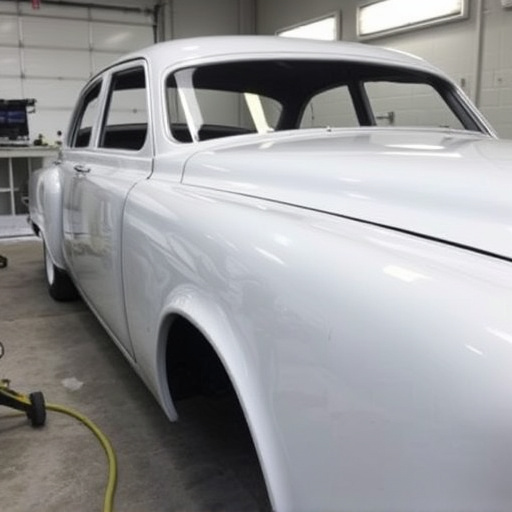
Molding replacement collision requires skilled technicians to precisely replace and align exterior m…….
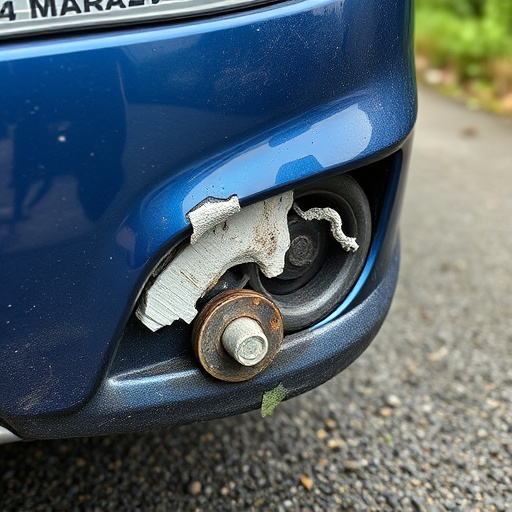
The automotive industry strictly regulates collision repair, focusing on structural integrity and ae…….

Warranties are key in collision repair, especially for complex molding replacement collision service…….
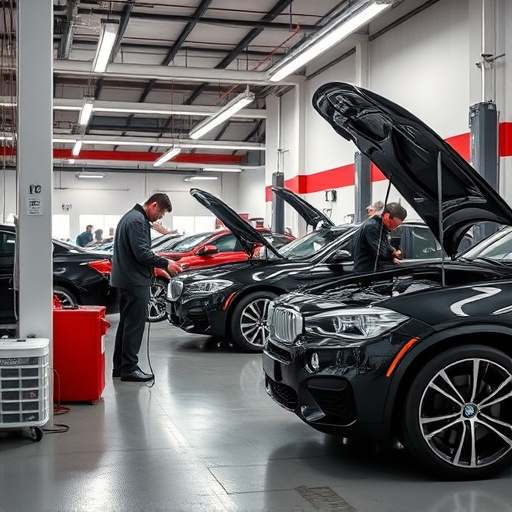
Using Original Equipment Manufacturer (OEM) parts in molding replacement collision repairs ensures s…….
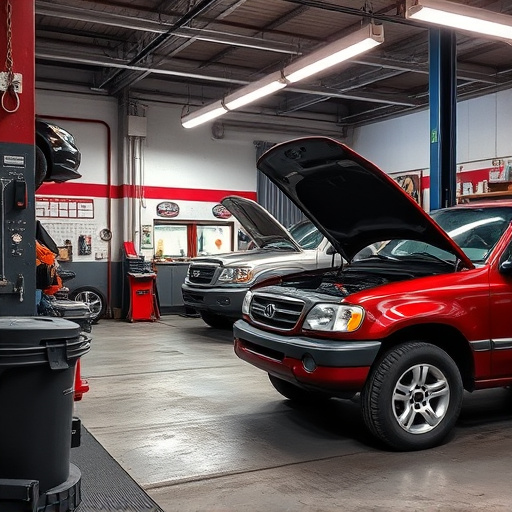
Molding replacement collision repair involves skilled technicians using advanced tech and knowledge…….
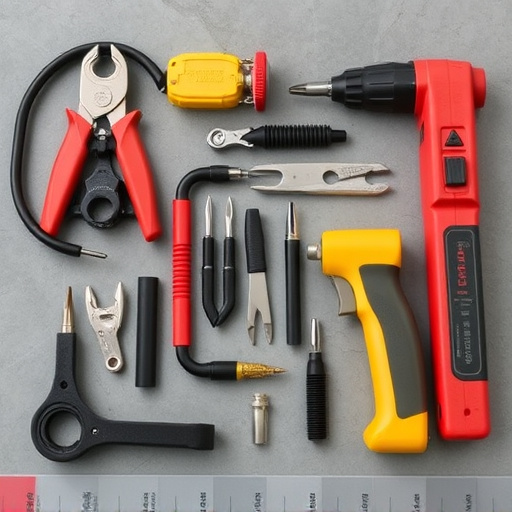
Molding replacement collision parts play a vital role in vehicle safety by acting as impact absorber…….
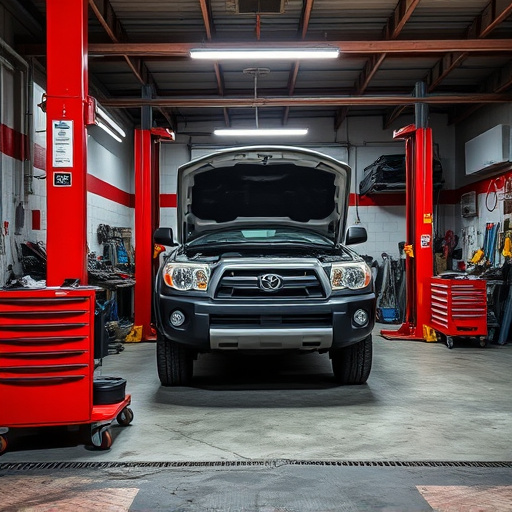
Molding replacement collision services by expert auto body shops offer accurate repairs, maintaining…….
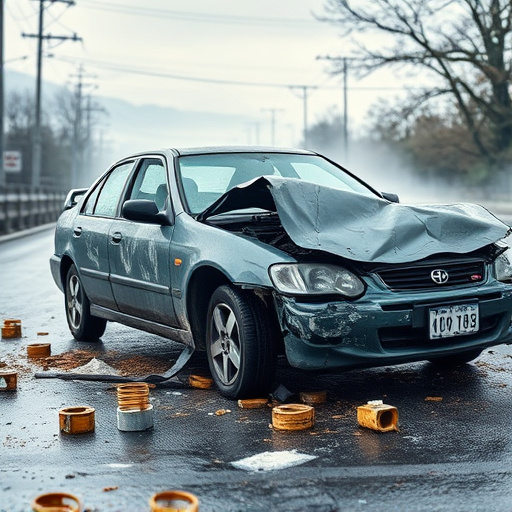
Assessing and prioritizing molding replacement collision repairs based on damage type and severity o…….

Mastering molding replacement collision scenarios is key for automotive professionals. Advanced tech…….